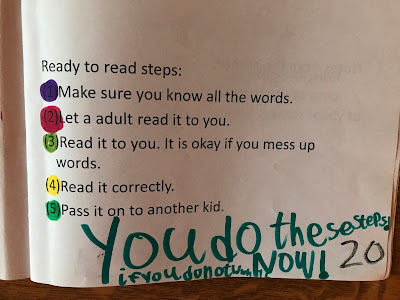We have read a lot of wonderful myths, legends, and folktales from around the world as we have studied native cultures.
And now it's our turn to write a "pourquoi story" - a story that answers why - using the beginning, middle and end format of story writing.
The Beginning
Have you ever wondered why the sun is in the sky?
Well, first....
Notice the descriptive language of this first grader's writing.
Did you ever wonder how the eagle got it's claws?
The beginning of the story: the setting (time and place) and the introduction of the main character
The Middle
Can you imagine being a buffalo without fur? This is the middle of a story telling how terrible it must have been to have this problem! This story pulled in information we learned about the Plains Native Americans.
The mystery of Bigfoot has been wondered about for ages. Did you know he had to go on ten quests in order to get his big feet? Here's one of the quests:
Just in case you're wondering, here's what kangaroo had to go through to get to Australia (and this story was written before we studied geology!)
And it's hard to imagine the lengths the narwhal had to go to to get his "kabob" on his nose but this student spells it out with lots of details.
You've probably asked the question, "How did the lizard get its spikes?"
Well, here's how it happened. Who knew??
Have you ever asked why the giraffe has a long neck and the elephant has a long trunk?
Well, of course, they grabbed each other and pulled each other until...
The Resolution!
The End
And now we know "pourquoi", aren't you glad?!
Reading to our schoolmates:
A few extra touches:
(How do they come up with these things?)
Thanks for reading excerpts from our first grade stories. We each came up with our own idea, then typed up our stories using Microsoft PowerPoint, and finally illustrated them. Some students were totally independent with minimal editing (including quotation marks!) while others - those with fantastic, big ideas but are still working on getting them all down on paper - dictated parts of their stories. Differentiation is how we roll here at Seabury and the results are wonderfully amazing.

































































